Early motion and directed exercise (EMADE) versus usual care post ankle fracture fixation: study protocol for a pragmatic randomised controlled trial, Trials
By A Mystery Man Writer
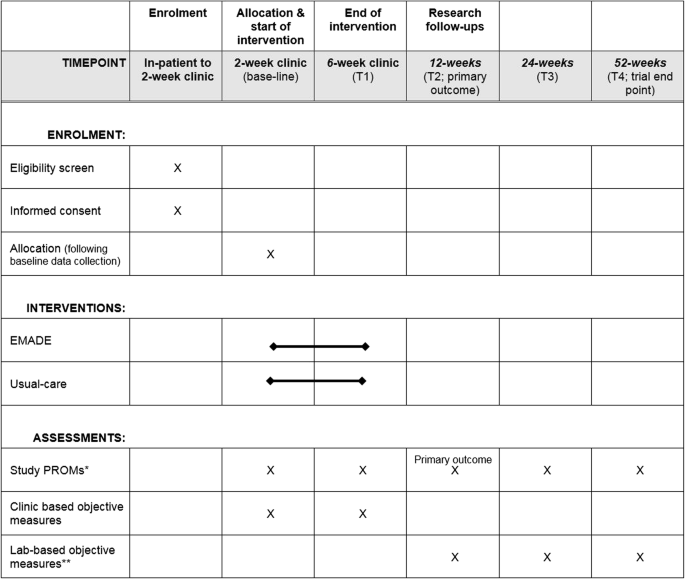
Background Following surgical fixation of ankle fractures, the traditional management has included immobilisation for 6 weeks in a below-knee cast. However, this can lead to disuse atrophy of the affected leg and joint stiffness. While early rehabilitation from 2 weeks post surgery is viewed as safe, controversy remains regarding its benefits. We will compare the effectiveness of early motion and directed exercise (EMADE) ankle rehabilitation, against usual care, i.e. 6 weeks’ immobilisation in a below-knee cast. Method/design We have designed a pragmatic randomised controlled trial (p-RCT) to compare the EMADE intervention against usual care. We will recruit 144 independently living adult participants, absent of tissue-healing comorbidities, who have undergone surgical stabilisation of isolated Weber B ankle fractures. The EMADE intervention consists of a non-weight-bearing progressive home exercise programme, complemented with manual therapy and education. Usual care consists of immobilisation in a non-weight-bearing below-knee cast. The intervention period is between week 2 and week 6 post surgery. The primary outcome is the Olerud and Molander Ankle Score (OMAS) patient-reported outcome measure (PROM) at 12 weeks post surgery. Secondary PROMs include the EQ-5D-5 L questionnaire, return to work and return to driving, with objective outcomes including ankle range of motion. Analysis will be on an intention-to-treat basis. An economic evaluation will be included. Discussion The EMADE intervention is a package of care designed to address the detrimental effects of disuse atrophy and joint stiffness. An advantage of the OMAS is the potential of meta-analysis with other designs. Within the economic evaluation, the cost-utility analysis, may be used by commissioners, while the use of patient-relevant outcomes, such as return to work and driving, will ensure that the study remains pertinent to patients and their families. As it is being conducted in the clinical environment, this p-RCT has high external validity. Accordingly, if significant clinical benefits and cost-effectiveness are demonstrated, EMADE should become a worthwhile treatment option. A larger-scale, multicentre trial may be required to influence national guidelines. Trial registration ISRCTN, ID: ISRCTN11212729 . Registered retrospectively on 20 March 2017.
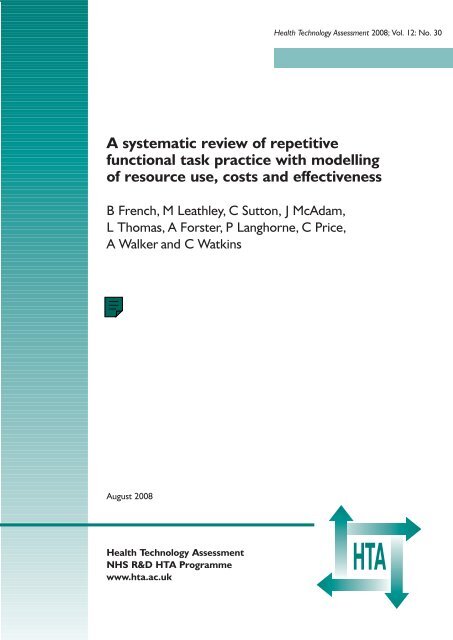
Repetitive functional task practice - NIHR Health Technology
/thumbnail/9358
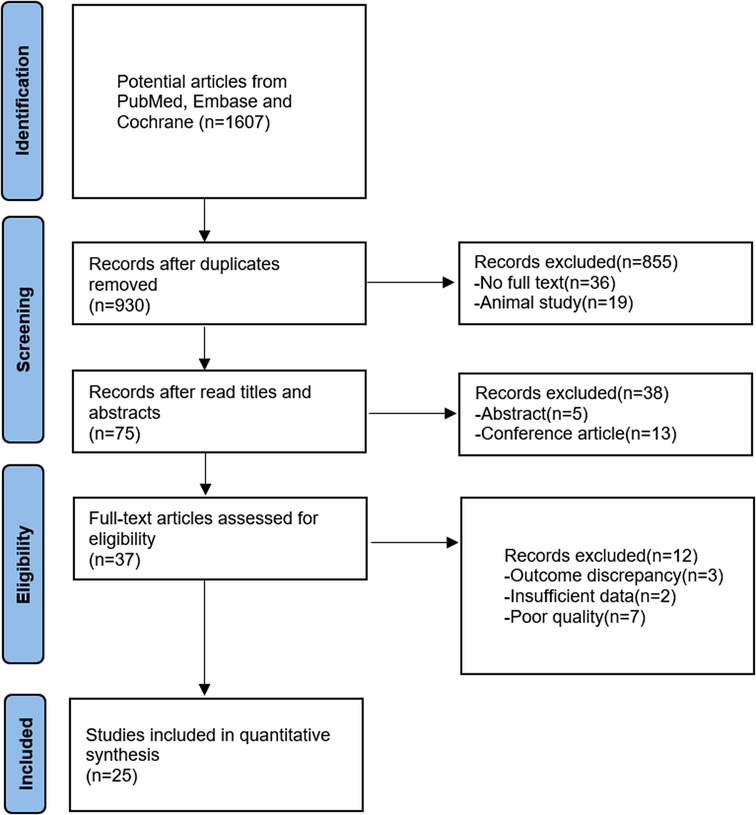
Frontiers When is the optimum time for the initiation of early rehabilitative exercise on the postoperative functional recovery of peri-ankle fractures? A network meta-analysis
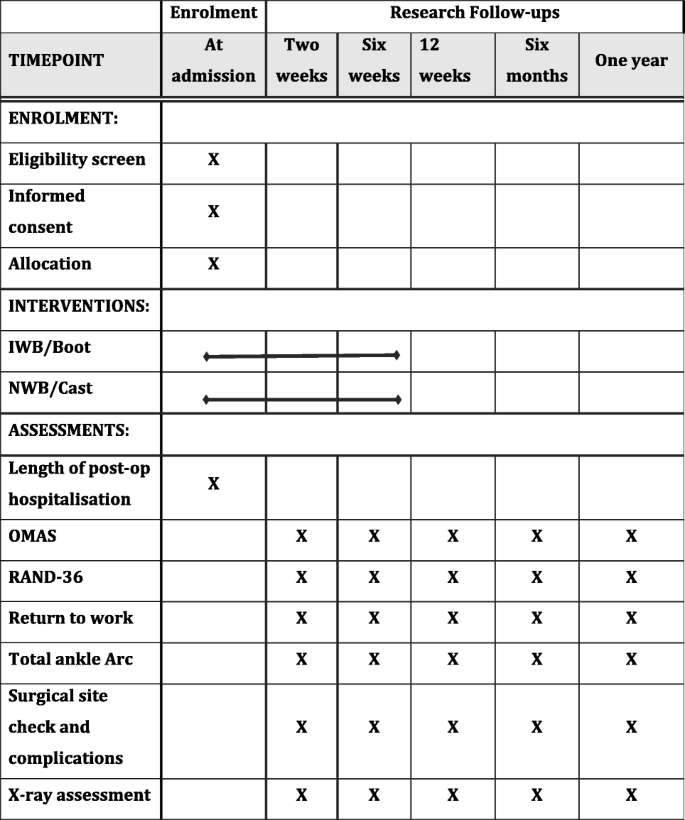
Is postoperative non-weight-bearing necessary? INWN Study protocol for a pragmatic randomised multicentre trial of operatively treated ankle fracture, Trials

Avulsion Fractures of the Ankle - Physiopedia

Full article: Physical therapist decision-making in managing plantar heel pain: cases from a pragmatic randomized clinical trial
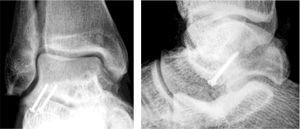
Snowboarder's Ankle - Physiopedia
Exercise-based rehabilitation reduces reinjury following acute lateral ankle sprain: A systematic review update with meta-analysis
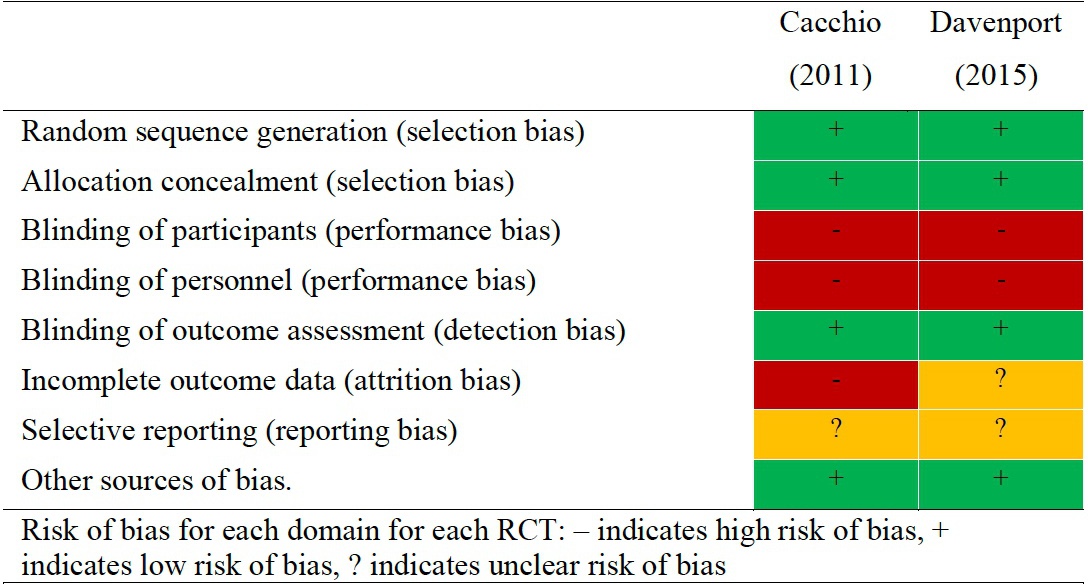
Proximal Hamstring Tendinopathy: A Systematic Review of Interventions

Patellar Fractures - Physiopedia
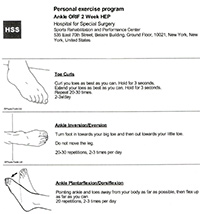
ORIF Ankle Fracture/ Foot fracture Protocols, Post-Surgical Timeline

Propensity Score–Matched Analysis of Arthroscopically Assisted Ankle Facture Treatment Versus Conventional Treatment - Sebastian F. Baumbach, Marcel Urresti-Gundlach, Mareen Braunstein, Lars Borgmann, Wolfgang Böcker, J. Turner Vosseller, Hans Polzer, 2021

Early Ankle Movement Versus Immobilization in the Postoperative Management of Ankle Fracture in Adults: A Systematic Review and Meta-analysis